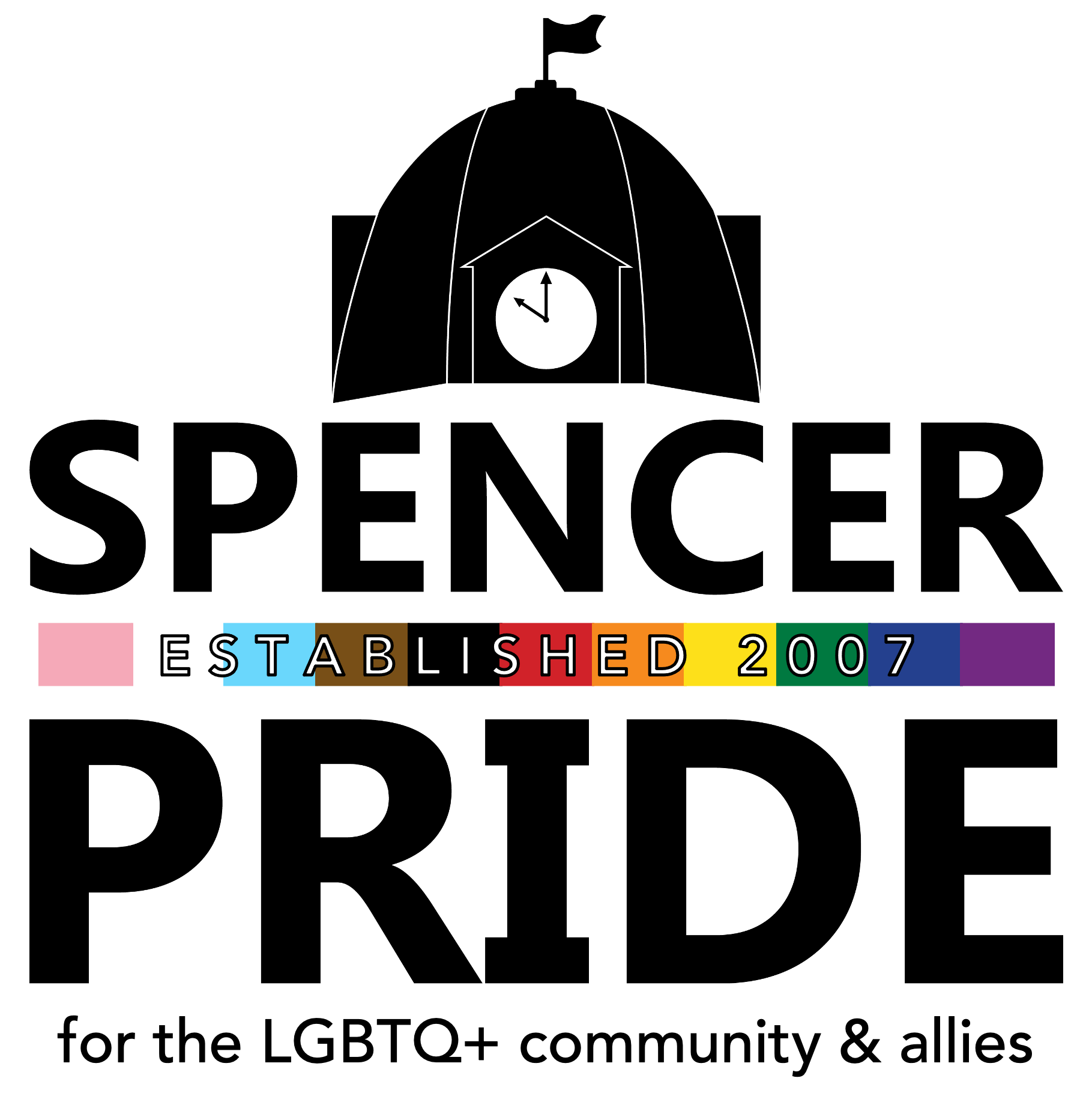October is Gay History Month! It is a time to celebrate the advances made for members of the LGBT community. Many people joined us on Wednesday, October 8th for our annual LGBT History Month event “A Night at the Tivoli.”
You may be wondering why October was chosen as Gay History Month. Gay History or LGBT History Month originated in the United States and was first celebrated in 1994. It was founded by a high-school history teacher named Rodney Wilson from Missouri. Torey Wilson, a Chicago area teacher was also supportive of establishing the history month. Many gay and lesbian organizations supported the concept early on. In 1995, the National Education Association indicated support of LGBT History Month as well as other history months by resolution at its General Assembly. I am particularly proud of the support given by NEA, as I work for the Indiana State Teachers’ Association, which is an affiliate of the NEA.
October was chosen by Wilson as the month for the celebration because National Coming Out Day already was established as a widely known event, on October 11th. In addition, October commemorated the first March on Washington for Lesbian, Gay and Bi Equal Rights and Liberation by LGBT people in 1979. LGBT History Month is intended to encourage honesty and openness about being LGBT. While it was first known as Lesbian and Gay History Month, the term “bisexual” was added to the title. It has become known as LGBT History Month.
On June 2, 2000, President Bill Clinton declared June 2000 “Gay & Lesbian Pride Month”. President Barack Obama declared June 2009 Lesbian, Gay, Bisexual and Transgender Pride Month 2009 on June 1, 2009.
Equality Forum is a national and international LGBT civil rights organization with an educational focus, which undertook responsibility for LGBT Month in 2006. Each day in October, an Icon is featured with a video, biography, bibliography, downloadable images and other educational resources at www.lgbthistorymonth.com.
In 2011, Equality Forum introduced an internal search engine for all Icons from 2006 to the present. By clicking on “Icon Search” and choosing one of hundreds of categories such as African-American, athlete, California, Germany, HIV/AIDS, Military, Religion, Transgender, Youth; visitors to the site will be provided with links to all Icons in that category. Please take the time to research these brave and inspiring people.
In 2012, for the first time, two American school districts celebrated LGBT History Month; the Broward County school district in Florida signed a resolution in September in support of LGBT Americans, and later that year the Los Angeles school district, America’s second-largest, also signed on to support the cause.
One more piece of historical interest is why the rainbow flag has become the symbol of gay pride. The rainbow flag became a symbol of gay pride and diversity due to Gilbert Baker, an artist from San Francisco, in 1978. This rainbow version of the flag is also sometimes called ‘the freedom flag’. The different colors symbolize diversity in the LGBT community, and the flag is used often at gay pride events worldwide in various forms including banners, clothing and jewelry. For the 25th Anniversary of the Stonewall riots, held in 1994 in New York City, a mile-long rainbow flag was created. After the parade, it was cut up in sections that have since been used around the world.
The flag was originally created with eight colors, but pink and turquoise were removed for production purposes, and since 1979 it has consisted of six colored stripes. It is most commonly flown with the red stripe on top, as the colors appear in a natural rainbow. Aside from the obvious symbolism of a mixed LGBT community, the colors were designed to symbolize: life (red), healing (orange), sunlight (yellow), nature (green), harmony (blue), and spirit (purple/volet). The removed colors stood for sexuality (pink) and art/magic (turquoise).



